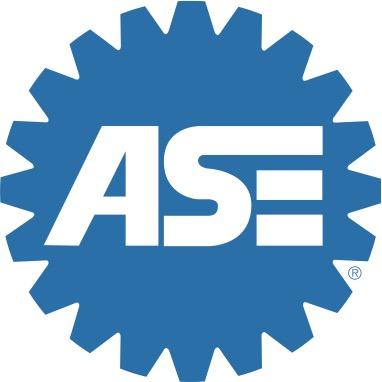Expand your opportunities.Upskilling is your key to a rewarding future as an automotive technician.

It’s all here in one place!
Find the training you need to help advance your career and make more money.







